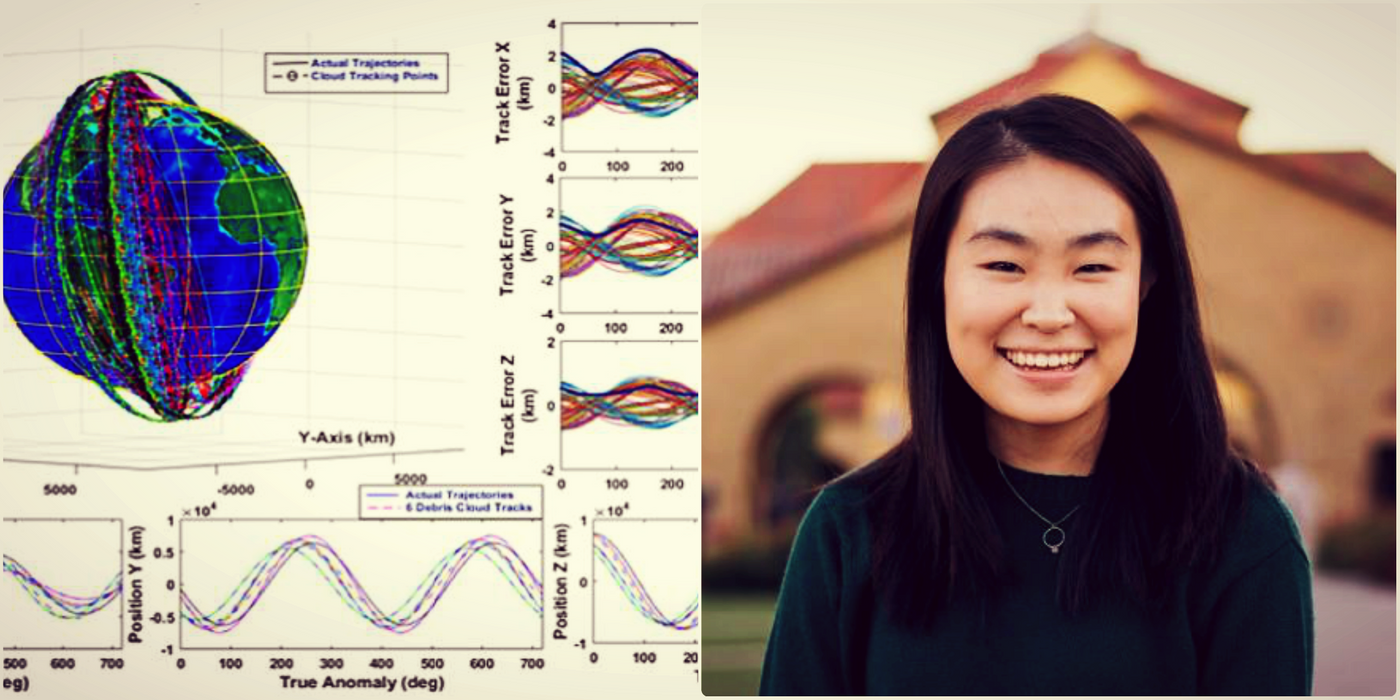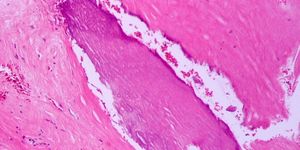From Teen Dream to AI Space Junk-Tracking Startup
After becoming disturbed by the movie, “Gravity,” which chronicles two astronauts’ harrowing experience with a space debris-collision, a teen and astrophysics fan named Amber Yang decided to tackle the issue of space junk. Her initial efforts led her to develop an artificial neural network that she has said can predict debris’ orbit with increasing accuracy, and to launch a company that aims to provide this tech to space enterprises.
As more objects and people go into space, the orbiting debris represent a substantial challenge. The millions of things in space are moving quickly, at speeds of up to 17,500 mph, which NASA explains is quick enough for even small pieces of space junk to damage spacecrafts or satellites. One worrying phenomenon called the Kessler syndrome is a proposed scenario that involves the debris reaching a density in low earth orbit wherein cascades of collisions prevent the use of LEO for decades.
In order to address these growing threats, the U.S. Department of Defense tracks objects in orbit and sends warnings to satellite owners of incoming debris. This surveillance network tracks objects bigger than 4 inches. In 2017, NASA announced the implementation of a new International Space Station debris impact sensor, which will track junk in the size range of 0.002-0.02 inches for a couple of years.
NASA and the Air Force Space Command can predict potential collisions 10 days ahead of time, CNN reports. Yang claims her system can report potential issues sooner -- weeks in advance.
Yang programmed her own software to create an artificial neural network tool that could classify and monitor space debris and predict future positions and risks. An ANN mimics the biological neural network of the brain; it can process and model relationships between input and can also learn to do so better over time. What is unique about Yang’s ANNs in this application is that it tracks groups of debris with close orbits as “clouds,” instead of one piece of debris at a time. The method is the basis for the services that Yang’s California-based company Seer Tracking, which she formed as a current student at Stanford. Yang won the Intel Foundation Young Scientist Award and a scholarship, among other recognitions and accolades, for her development.
“Seer Tracking resolves complex space debris tracking problems by grouping numerous debris as a cloud formed with orbits in close vicinity,” the company site reads, also stating that the tech can “propogat[e] the most likely images in the successive scans to come,” and can make predictions farther into the future. As the ANNs “update and train,” their precision should improve.
"Artificial intelligence basically operates on the fact that it can be relearned and retrained. So, the more data I have ... the more accurate the predictions will be,” Yang told CNN.
Seer Tracking hopes to serve governmental space agencies, commercial constellation satellite companies and the private spaceflight industry. Yang has already been contacted by several private companies.
Sources:









